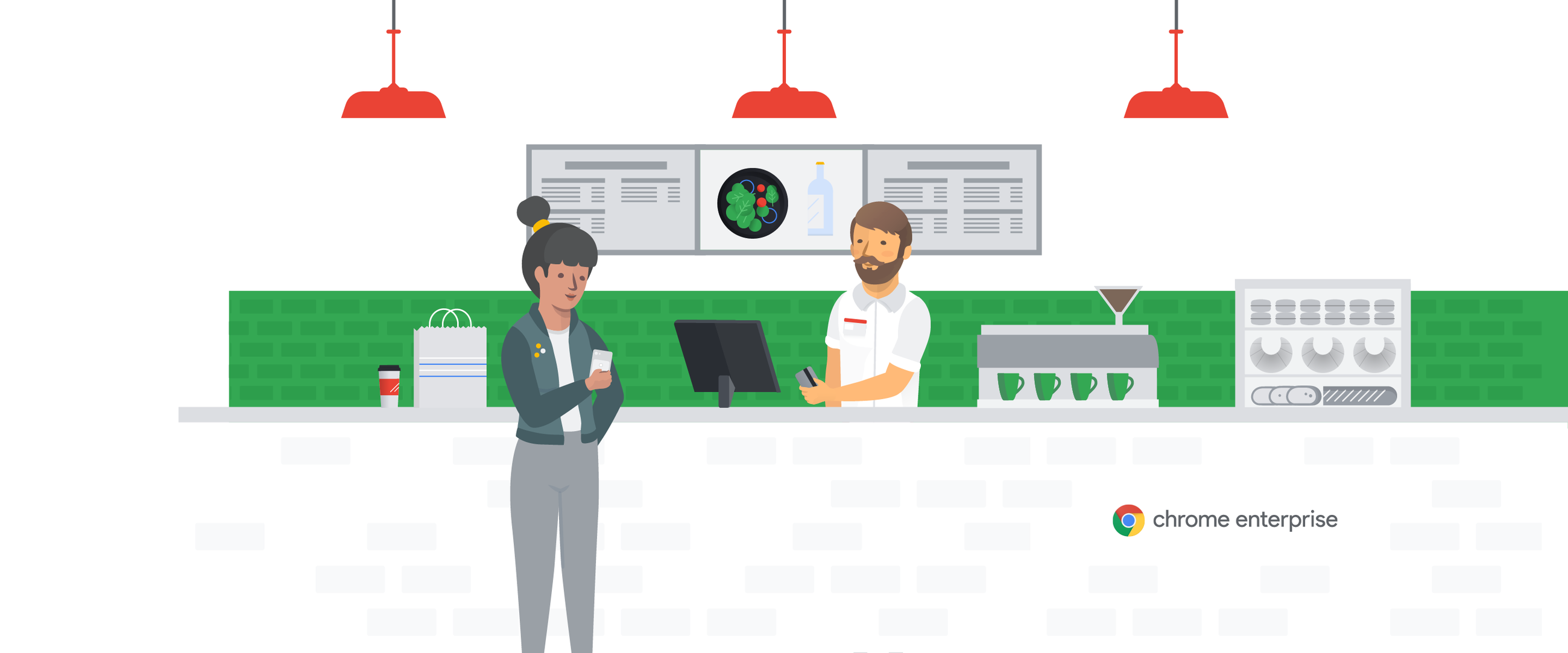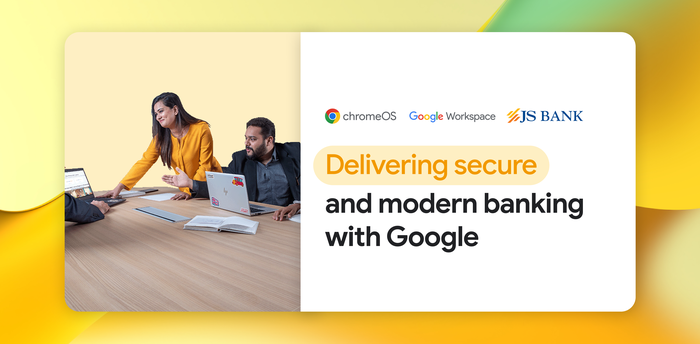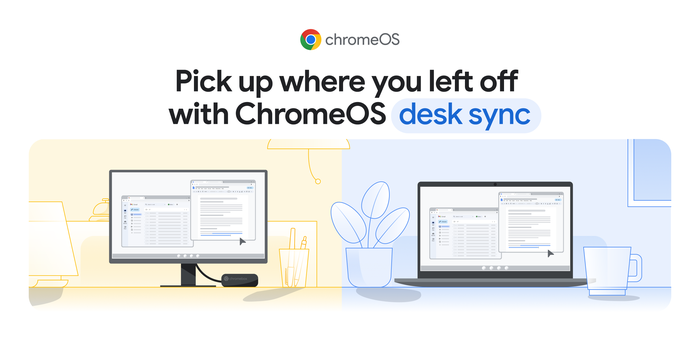At cafeterias across Benelux, Compass Group uses Chrome Enterprise digital signage to share stories about food

Remco Kokkelink
Commercial Director at Compass Group
[Editor’s note: Today’s post is from Remco Kokkelink, Commercial Director at Compass Group, a global food service provider to companies, hospitals, and schools. In Europe’s Benelux region, Compass Group is working with digital signage provider Digitopia to add digital screens to client sites using Chromebox devices.]
Bringing family, friends, and coworkers together to share meals creates opportunities for happy moments. We unwind, we share stories, we take a break from the busy day. In these relaxing and nourishing moments, we see opportunities to tell stories and engage with our guests. With help from managed Chromebox devices and Digitopia, Compass Group is using digital signage in cafeterias and food-service areas across the Netherlands and Belgium to share menus, and background on where the food comes from and who’s preparing it.
We used to post paper menus in the cafeterias and cafes we service. But paper has many disadvantages. You can’t easily change out paper more than once a day, so we missed opportunities to tell people about more than just which sandwiches and salads they could order.
This mattered to us because we’ve noticed a big generational shift in who we’re serving. Companies are attracting younger workers who are used to digital screens; they’ve come to expect engagement and always-changing presentations instead of static paper menus. We passionately believe in helping our customers build relationships with their employees, instead of sending one-sided streams of information their way. These workers, as well as the university students we serve, also don’t eat three traditional meals a day—they stop in several times a day to snack or meet with coworkers over food.
To swap out paper for digital screens, Digitopia suggested we use Chromebox devices. They’re less expensive than the Windows devices often found in digital signage systems, which is helpful because we plan to install Chromeboxes at almost all of our Benelux client sites. We now have 100 screens in Belgium and 20 in the Netherlands, with many more to come. The Chromeboxes are inspiring new ideas for content, like on-screen games that people could control with apps. That’s just one of the things we never could have done with paper
Initially, we were concerned about maintenance. We’re guests in our clients’ facilities, and we don’t want to burden them with bulky hardware installations that need frequent visits from technicians. Stability and control are also important to us too. If screens go black or don’t display our content properly, we miss out on engaging with workers and students.
As we learned, Chromebox devices are very compact. If they need to be updated or rebooted, the Digitopia team can handle these tasks from their office, which is offsite. “Technicians don’t need to go to customer sites as often for repairs,” says Jan Bussels, the CEO of Digitopia. “Chromebox boot-up time is very fast—we can set up each one for installation almost instantly.”
Controlling content is also easy. In the same way that we don’t want to burden clients with maintenance tasks, we also don’t want them to worry about updating screen content—nor did we want to allow just anybody to change or edit the digital menus. We use a content management system, created by Digitopia, that works with Chrome OS on the devices. We manage content ourselves so we can maintain the quality of the screen presentations.
Screens are becoming part of the friendly and welcoming experience at our food-service areas. Whether someone is having a working lunch with colleagues, or simply grabbing a quick cup of coffee, we want everyone to feel as comfortable in our cafeterias as they do in their own kitchens and dining rooms.



